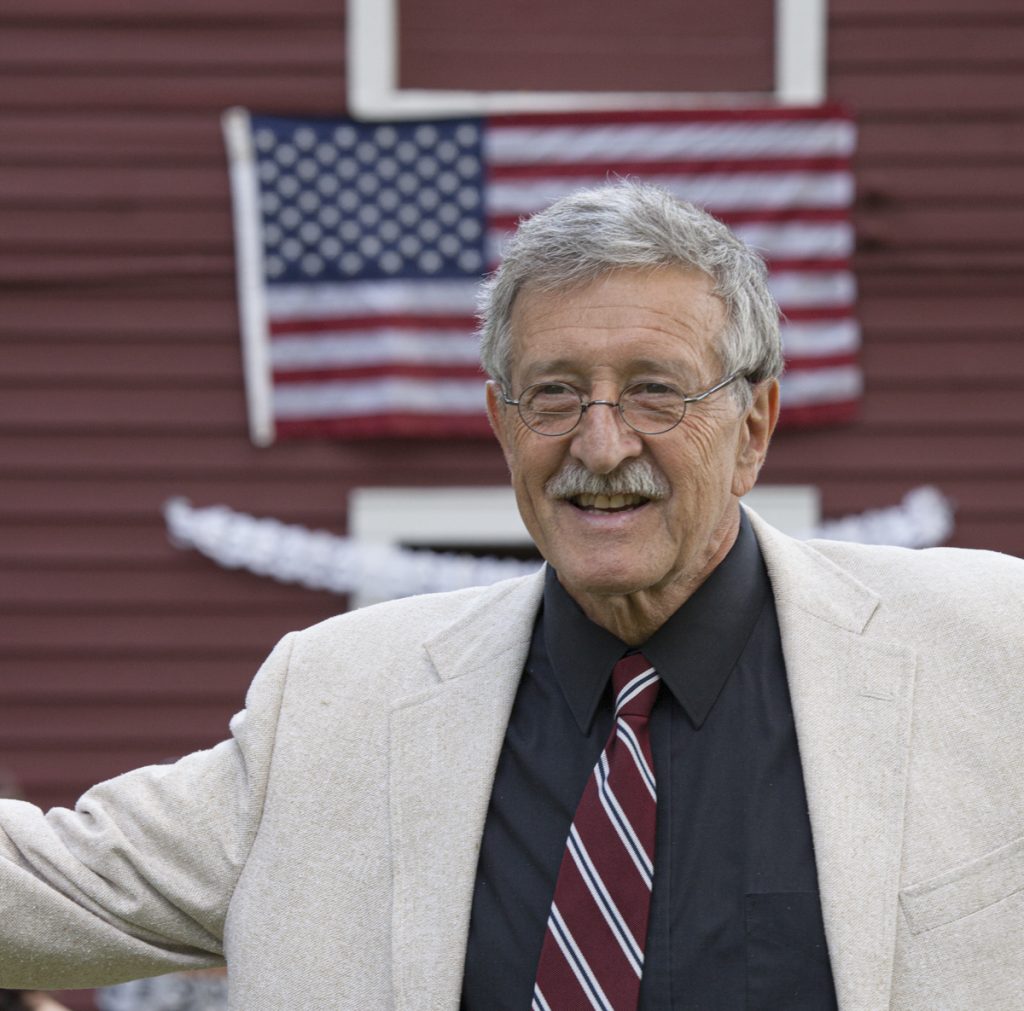In Memoriam: Frederick Sachs (1941 – 2023)
It is with profound sadness that we announce the passing of Frederick Sachs, a distinguished American biologist and SUNY Distinguished Professor in the University at Buffalo’s Department of Physiology and Biophysics. Born in 1941, Sachs’ remarkable journey from a farm in Hudson Valley to becoming a pioneering figure in the field of physiology is a testament to his unwavering dedication and passion.
Frederick Sachs earned his Bachelor of Arts degree in physics from the University of Rochester in 1962. After briefly working in the aerospace electronics field in Los Angeles, he returned to pursue a Ph.D. in physiology from the State University of New York Upstate Medical University in 1971. His thesis, “Electrophysiology properties of cultured heart cells in a linear array” was based on a novel cell culture technique that he developed. His illustrious career spanned decades, leaving an indelible mark on the scientific community.
After a postdoctoral research position with Nobel Prize biophysicist George von Bélésy in Hawaii, he joined the National Institutes of Health as a staff fellow. In 1978, he accepted an assistant professor position in the University at Buffalo’s Department of Pharmacology. It was in this role that in 1983, Sachs made his seminal discovery, identifying and characterizing the first mechanosensitive ion channels, which form the basis of our senses of hearing, touch, balance and tissue volume.
This discovery led to the creation of a revolutionary drug called GsMTx4 which inhibited these channels. Undeterred by initial industry reluctance, Sachs co-founded Rose Pharmaceuticals in 2009, naming the company after his grandmother and pet tarantula. Later the drug was designated as an orphan drug for Duchenne muscular dystrophy by the Food and Drug Administration, and his laboratory rapidly became a center for researchers worldwide to learn his investigative techniques.This finding opened doors to a new class of compounds for treating the causes of atrial fibrillation. Other research was done to address arthritis, Alzheimer’s disease, and cancer. Sachs also developed novel experiments through the innovative use of quantitative electrophysiology, Bright Field, fluorescence, internal reflection, atomic force and electron microscopy, auditory biophysics, mathematical modeling, programming, instrument design, and microfabrication. He also developed a software program called QuB so that other researchers could analyze their data.
In 2012, Sachs and his colleague Harvey transformed Rose Pharmaceuticals into Tonus Therapeutics, setting up headquarters at UB’s New York State Center of Excellence in Bioinformatics and Life Sciences.
In addition to his numerous accomplishments, Frederick Sachs was recognized by the 1987 Guinness Book of World Records as the inventor of the world’s smallest thermometer, the ultra micro-thermometer. This device, about 1/5 of the thickness of a human hair, played a pivotal role in measuring the temperature of single cells.
Recognized for his exceptional contributions, Sachs received several prestigious awards, including the SUNY Chancellor’s Research Recognition Award (2003), SUNY Distinguished Inventor (2002), UB Distinguished Professor (2002), UB MiniMed Lecture (2002), Stockton-Kimball award (2001), NSF Nanotechnology Review Panel (2001), and a Fogarty Fellowship (1992), and the 2013 Kenneth S Cole award from Biophysical Society. He was awarded the Entrepreneurial Spirit Award by SUNY in 2015. He was nominated for a Nobel Prize in 2017.
Beyond the scientific realm, Fred enjoyed playing banjo and regularly joined a folk music group for weekly jam sessions. Kayaking, a favorite form of meditation, allowed him to immerse himself in the rhythmic flow of the intersecting waves of the Niagara River. Additionally, Sachs expressed his artistic side through metal sculptures, using principles of physics to explore motion, wind, and balance.
Frederick Sachs is survived by his wife, Jane Jacobson, and his four children: Shana Pergande, Janna Willoughby–Lohr, Benjamin Sachs, Robert Sachs, four grandchildren, and two brothers Jon and Dan Sachs. His son Chris predeceased him in 2008.
Frederick Sachs leaves behind a legacy of scientific innovation, resilience, and a profound impact on the world of biology. His work will continue to inspire future generations of researchers and clinicians as they strive to unlock the mysteries of the natural world. Our thoughts are with his family, friends, and colleagues during this difficult time.
